-78%
Pediatric Imaging: Essential Considerations for Radiologists
Understanding the unique characteristics of infants and children is crucial for radiologists to achieve optimal imaging results. This comprehensive treatise explores current best practices and essential knowledge in pediatric imaging, equipping practitioners with the expertise to diagnose and manage this vulnerable group.
Modality Selection and Adaptation
Pediatric imaging requires a tailored approach compared to adult imaging. This text delves into the specific considerations for:
- Ultrasound: Discusses its advantages and limitations in evaluating pediatric anatomy, including abdominal, musculoskeletal, and cardiac structures.
- Computed Tomography (CT): Examines its role in diagnosing emergencies, skeletal injuries, and musculoskeletal conditions, emphasizing radiation safety measures.
- Magnetic Resonance Imaging (MRI): Explores its superiority in visualizing the brain, spinal cord, and soft tissue structures, highlighting its benefits for non-invasive characterization.
Disease and Imaging Manifestations
This text comprehensively covers a wide range of pediatric diseases, presenting:
- Clinical features: Provides detailed descriptions of the signs and symptoms associated with each condition.
- Imaging findings: Presents high-quality images to illustrate characteristic imaging patterns, facilitating accurate diagnosis.
- Differential diagnosis: Explores alternate diagnoses to consider, ensuring thorough evaluation.
- Associated syndromes: Discusses potential links with other disorders, expanding the understanding of complex medical conditions.
- Treatment recommendations: Offers practical guidance on appropriate management strategies.
Safety Protocols and Radiation Exposure
Ensuring patient safety is paramount in pediatric imaging. This text emphasizes the ALARA (As Low As Reasonably Achievable) principle, guiding radiologists in optimizing radiation exposure while maintaining diagnostic quality. It provides detailed instructions on:
- Patient preparation: Discusses specific techniques to minimize anxiety and maximize cooperation.
- Equipment considerations: Examines age-appropriate equipment and sedation methods to ensure patient comfort and safety.
- Radiation protection measures: Explains techniques to minimize scatter radiation and shield vulnerable organs, ensuring radiation safety.
Comparative Understanding: Infants and Children vs. Adults
This text highlights the developmental differences between infants and children compared to adults, emphasizing the impact on imaging. It addresses:
- Body proportions: Compares the relative sizes of organs and structures, influencing scan parameters and image interpretation.
- Heart and respiratory rates: Discusses the higher heart and respiratory rates in children, necessitating adjusted imaging protocols.
- Skeletal structure: Explores the unique characteristics of growing bones, including ossification centers and epiphyseal plates, impacting imaging findings.
Educational Resources and Assessment
This text is a valuable resource for both students and experienced radiologists. It includes:
- Lists of indications: Provides clear guidance on appropriate imaging studies for specific clinical scenarios.
- Summary tables: Condenses key information into structured formats for easy referencing.
- Flowcharts: Depicts imaging protocols for various pediatric conditions, streamlining decision-making.
- Case studies: Presents real-world examples of pediatric patients, enhancing diagnostic accuracy.
- Quiz questions: Tests knowledge and understanding, fostering continuous learning and self-assessment.
By providing a thorough understanding of best practices in pediatric imaging, this text equips radiologists with the necessary tools to deliver high-quality, patient-centered care to this specialized population.



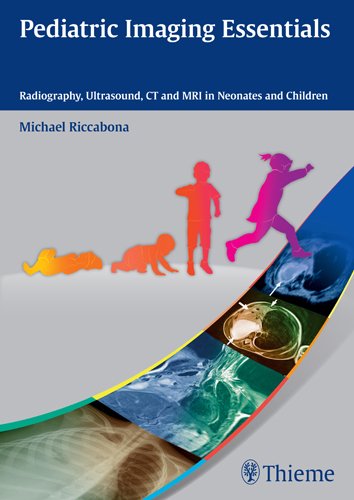
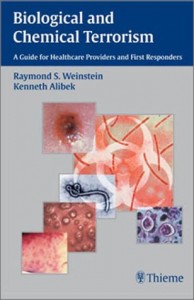
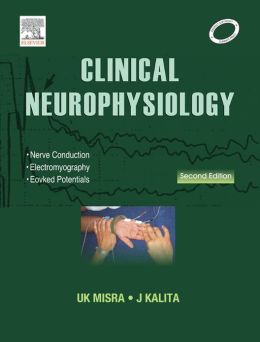
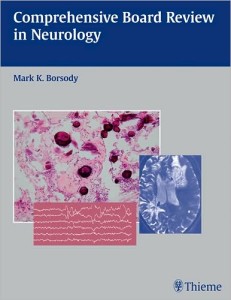
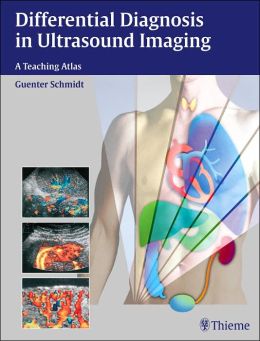
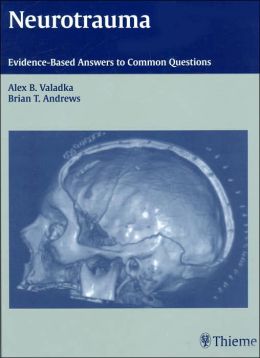

Reviews
Clear filtersThere are no reviews yet.